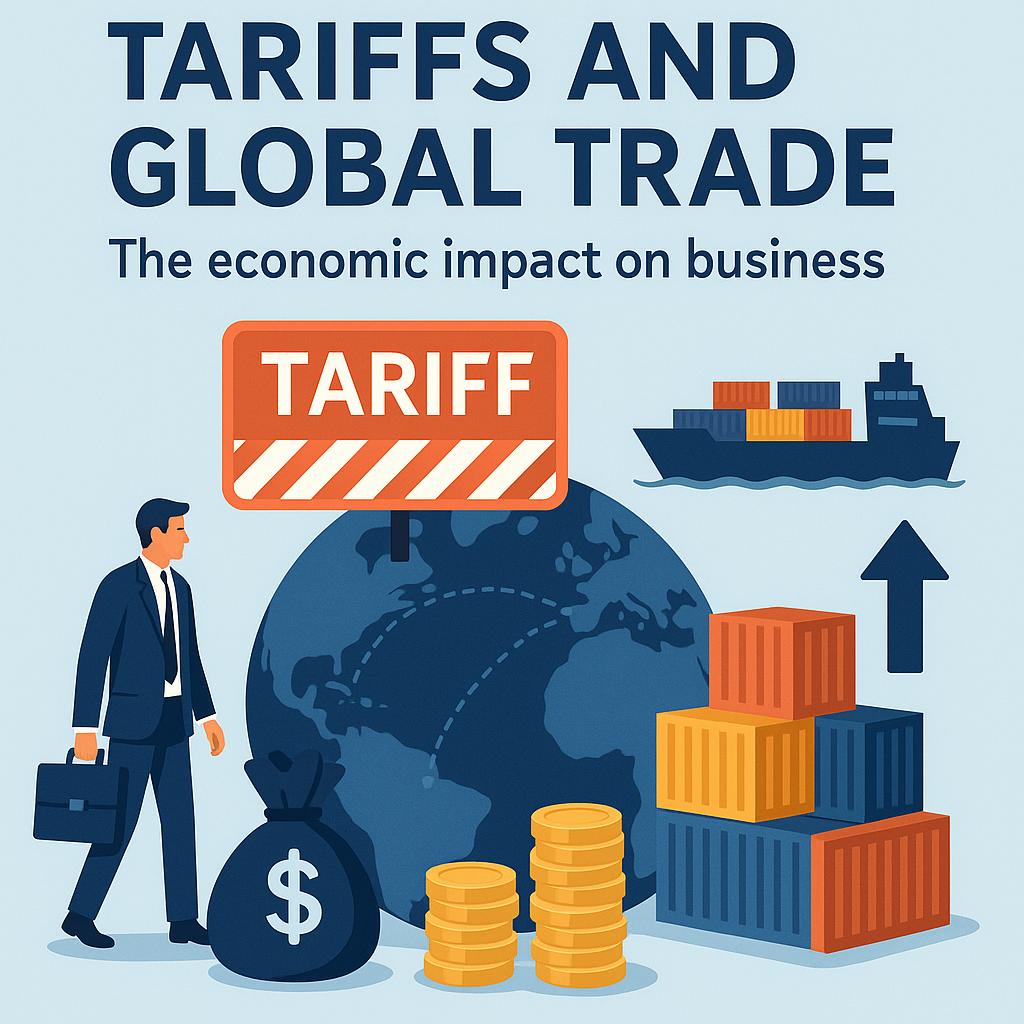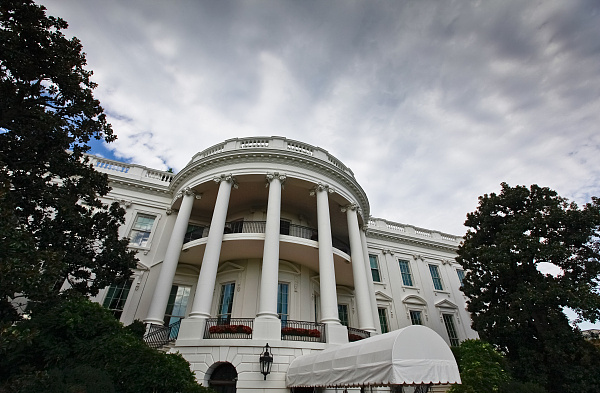
In June 2025, the WTO sounded the alarm again: under the shock of the U.S. "Liberation Day Tariffs," global merchandise trade is projected to shrink by 0.2%, and could plummet by up to 1.5% if trade tensions intensify euro. Meanwhile, the World Bank has downgraded its global growth forecast to a meager 2.3%—the weakest since the 2008 financial crisis . Against this backdrop, international commerce is facing a profound shift.
In the short term, the sudden tariff shocks have sharply increased costs for cross-border goods, weakening consumer purchasing power and triggering a cascade of reduced orders, inventory buildup, strained supply chains, and sagging logistics and financial confidence. Analysts highlight that the U.S. unilateral tariff strategy, presented at the OECD summit in Paris, is undermining the stability of the multilateral trading system . Multinational companies are forced to realign procurement, stock up in advance, and freeze investments—tactical responses that may save time but add long-term operational costs.
Looking further ahead, the commercial landscape is being reshaped. Canada and Mexico have become tariff battlegrounds with rates up to 25%, prompting a restructuring of North American trade networks . The WTO warns that U.S.–China trade flows may "decouple" by as much as 81%, redirecting Chinese exports toward Asia and Europe. This marks a transition from concentrated chains to diversified networks, pushing companies to realign manufacturing across Southeast Asia, South Asia, and Eastern Europe.
At a deeper level, risk-mitigation, outsourcing, and diversification have become survival strategies in the business ecosystem. WTO DG Okonjo Iweala points out that unilateral deals threaten the "Most-Favored-Nation" principle, driving further fracture in trade norms. Structurally, supply chain reorientation impacts not only SMEs but also logistics, insurance, and financial services—potentially leading to a long-term global GDP reduction of over 7% .
Against this backdrop, business leaders must embrace strategic pillars of "multilateral cooperation," "risk diversification," and "agile transformation." Risk assessments should cover tariff elasticity, market redirection costs, and policy engagement frameworks. Supply chains need "hybrid hubs" to cushion against regional policy shocks. Financial institutions should enhance credit support and hedging tools to help trading SMEs. Politically, advocacy for WTO reform and the revival of multilateral frameworks is vital for rebuilding trust and unlocking new opportunities.
The future is not zero-sum, but a dispersed-power collaboration game. Today, tariffs are not the end of commerce—they’re acceleration levers for change. Only by embracing uncertainty with strategic clarity can global business weather the storm and achieve true mutual prosperity.

Below is the English translation of the text, with precise handling of political terms, consistent sentence structures, and preservation of the original’s analytical tone and logical flow:
Below is the English translation of the text, with precise …
On December 15 local time, Trump took the British Broadcast…
In recent years, the application of artificial intelligence…
According to Yahoo US media reports, the recent remarks of …
After 11 years of waiting in the deep sea, we finally have …
On December 17, 2025, the newly renovated American "Preside…